Paducah’s Col. Hicks
It was a case of loose lips creating loss of horses
Sometimes it pays to keep your mouth shut.
Union Col. Stephen Hicks learned that the hard way in 1864 Paducah.
On March 25 of that year, Confederate Major Gen. Nathan Bedford Forrest rode into Paducah with some 2,500 troops with an objective of raiding the McCracken County city for supplies.
 Gen. Forrest Gen. Forrest
|
He sent word to Hicks, who was in charge of Fort Anderson on the Ohio River, to surrender the fort or to expect no quarter. Hicks refused, but withdrew his troops into the fort and prepared for battle. This allowed Forrest’s forces free access to search for supplies.
A six-hour battle ensued with many of the Confederates acting as sharpshooters, firing upon the fort from nearby buildings. In turn, the Union utilized two gunboats – the Peosta and Paw Paw – to fire upon the town. The battle raged from about 4 p.m. to midnight, at which time the Southerners withdrew.
Forrest, however, left with much-needed weapons, money, medicines, foodstuffs and horses.
Following the battle, Hicks did little to make himself popular as he ordered tall houses and buildings burned so they could not be used by sharpshooters in the future. More than 60 buildings were lost in the downtown area.
Also, Hicks was so proud to have saved the fort that he bragged in a newspaper interview that the Confederates had overlooked more than 100 fine horses and mules in their retreat. He even mentioned that the animals were housed in a foundry located some three miles outside the city limits.
Unfortunately for him, Hicks’ interview was carried in several newspapers that eventually were read by Forrest. In addition to providing the location of the animals, Hicks also noted that Forrest’s troops had “run liked scared rabbits.”
Forrest responded by sending Gen. Abraham Buford back to Paducah to confiscate the riding and supply stock.
That occurred on April 14 as Forrest prepared to attack Fort Pillow in Tennessee. Buford experienced little resistance and rejoined Forrest with the spoils.
Buford’s raid became known as the Skirmish of Paducah. And, as for Col. Hicks, it is not known if he ever gave another newspaper interview.
* * *
Although neutral Kentucky basically was a pro-Union state, it was not so in the Purchase Area of Paducah. Overrun and plundered by the Union early on, Paducah was very much pro-Confederate throughout the Civil War.
Union Gen. U.S. Grant occupied the city on Sept. 6, 1861 by building a pontoon bridge across the Ohio River to the Illinois shore. Fort Anderson was built and named after Louisvillian and Fort Sumter commander Major Robert Anderson.
Col. Stephen Hicks was placed in command at the fort and his constant harassment of Paducah and its citizens did not win him any support.
|
|
|
|




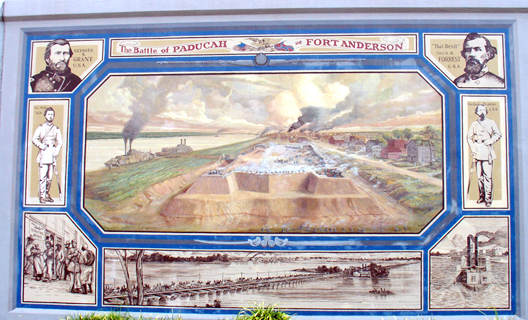
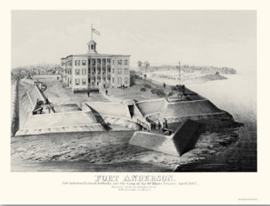
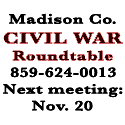
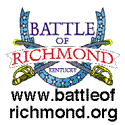


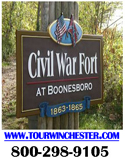
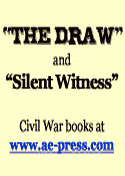
 Gen. Forrest
Gen. Forrest